A full investigation was launched last week into the mystery of a bacteria present in hospitals causing rapid illnesses.
Now, officials have finally uncovered the cause: a case of the human bubonic plague. Pueblo County Health workers are now urging anyone experiencing symptoms to seek immediate medical attention.
Bubonic Plague
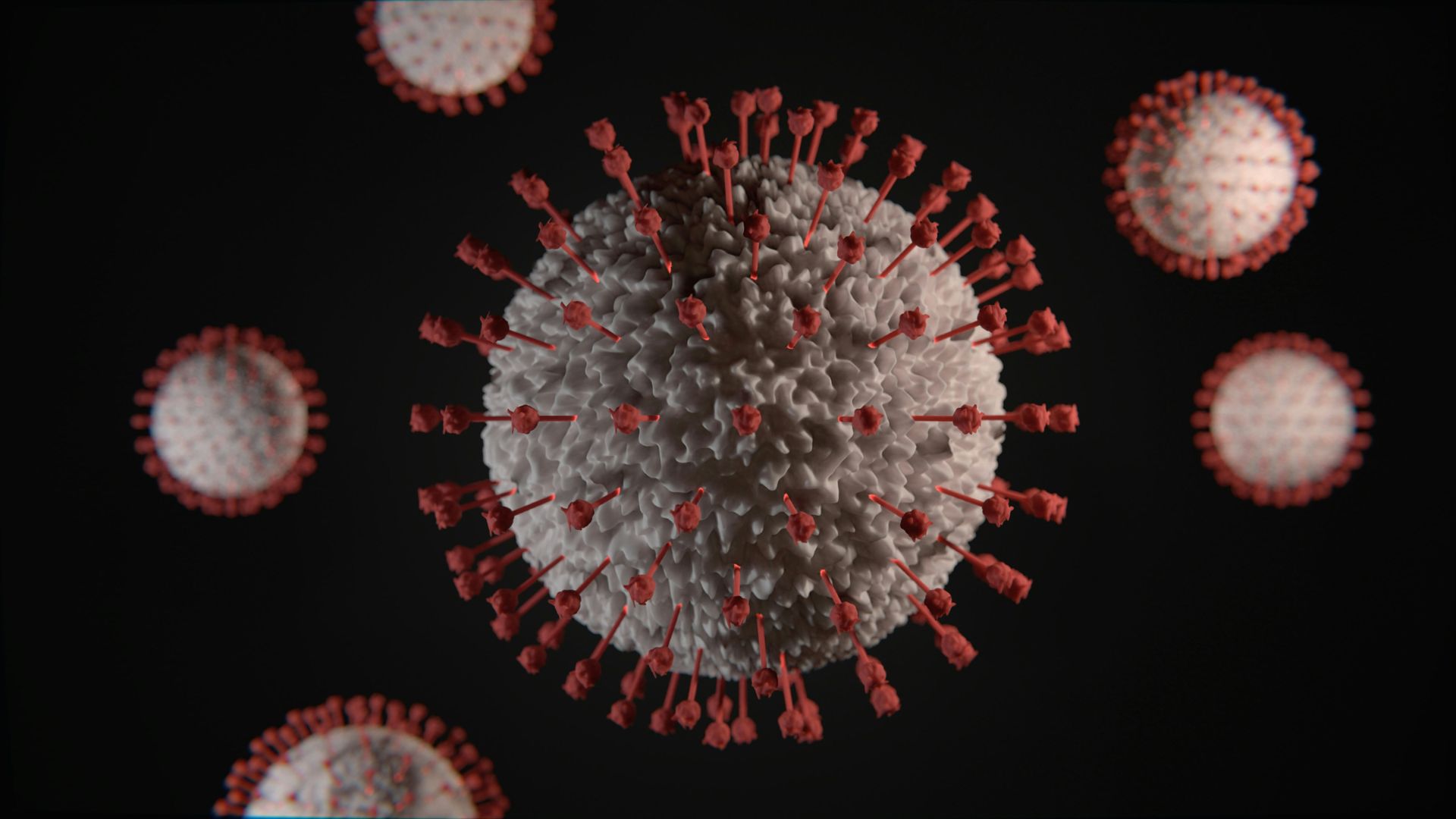
The bubonic plague, also known as the black plague, was responsible for killing millions of people in Europe during the Middle Ages.
It is caused by a bacterium called Yersinia pestis, which is often transmitted by fleas or wild rodents. People can often get infected by being bitten by fleas or coming into close contact with an infected person.
What Are the Symptoms?
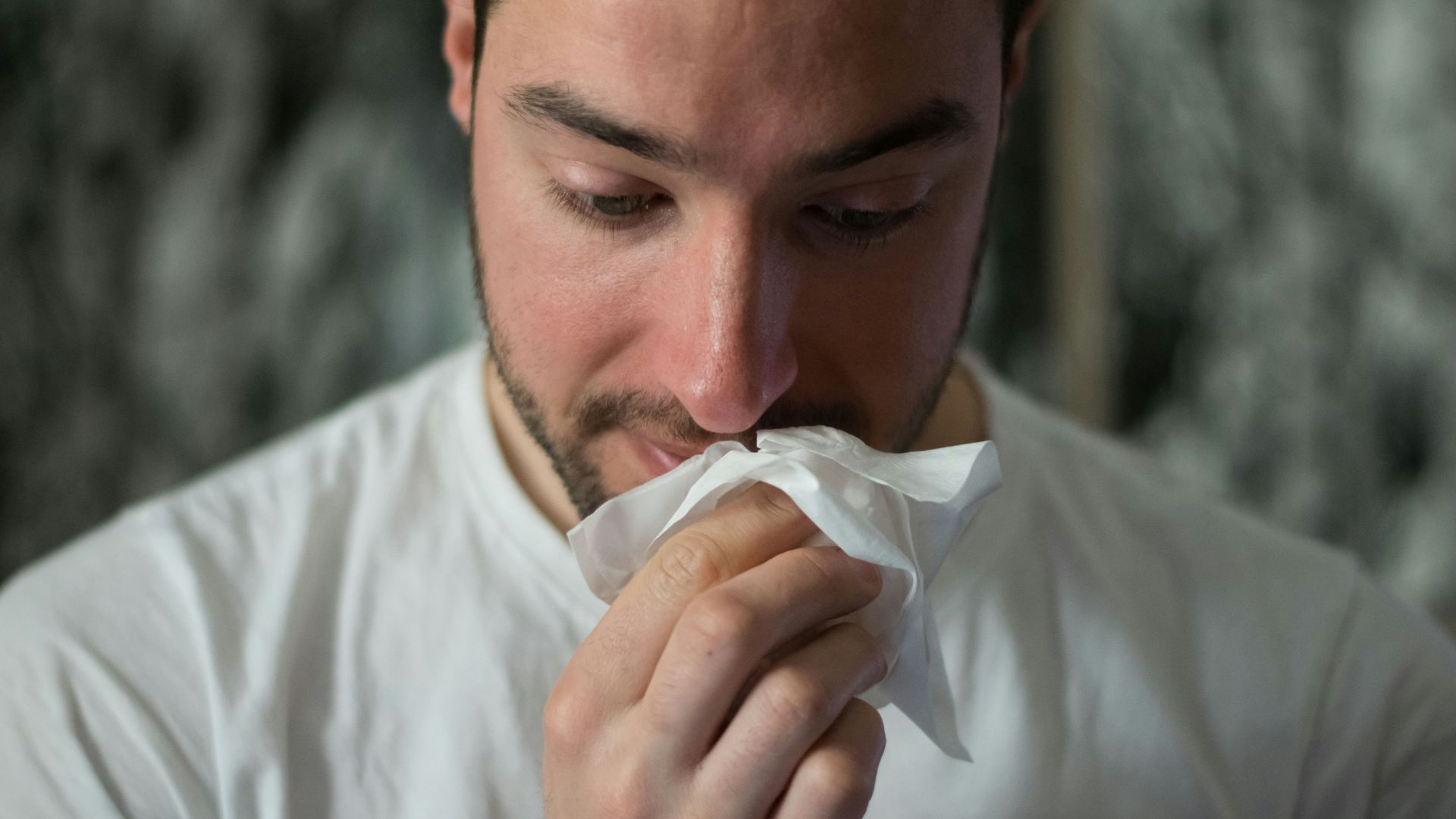
The symptoms of the black plague include sudden fever, chills, muscle and headaches, nausea, vomiting, and swollen and painful lymph nodes.
Thankfully, the plague can be treated today with antibiotics. An infected person must be treated immediately to avoid death. During the Middle Ages, anyone suffering from the illness would experience black welts on their body and soon succumb to their illness.
Positive Case Confirmed
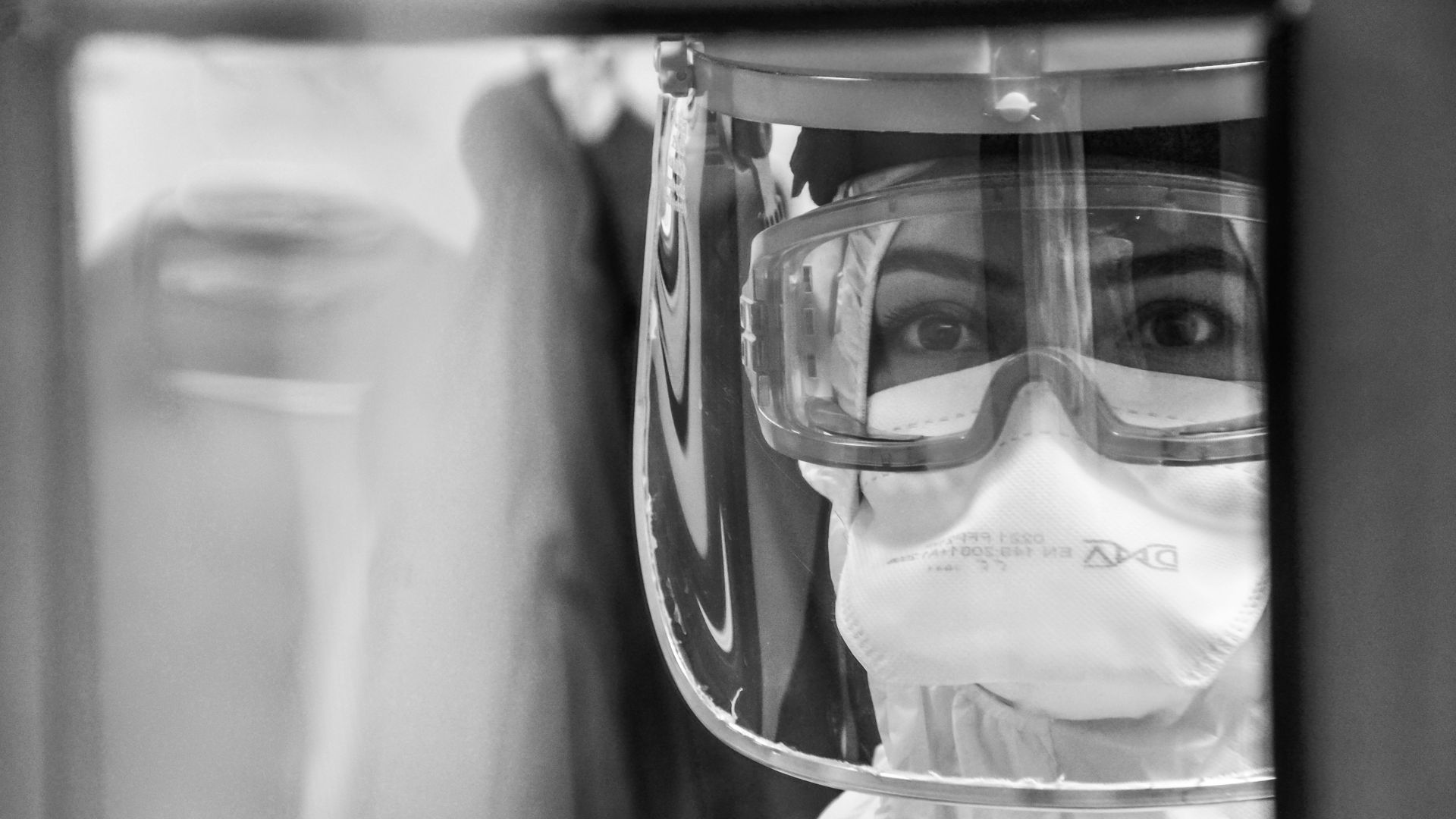
The Pueblo health department launched a full investigation into the human case of the disease after preliminary testing showed the presence of the bacteria.
After a three-day investigation, the department officially confirmed a human case of the illness. So far, no information has been shared about the condition of the affected patient.
Several Animal Cases in the State
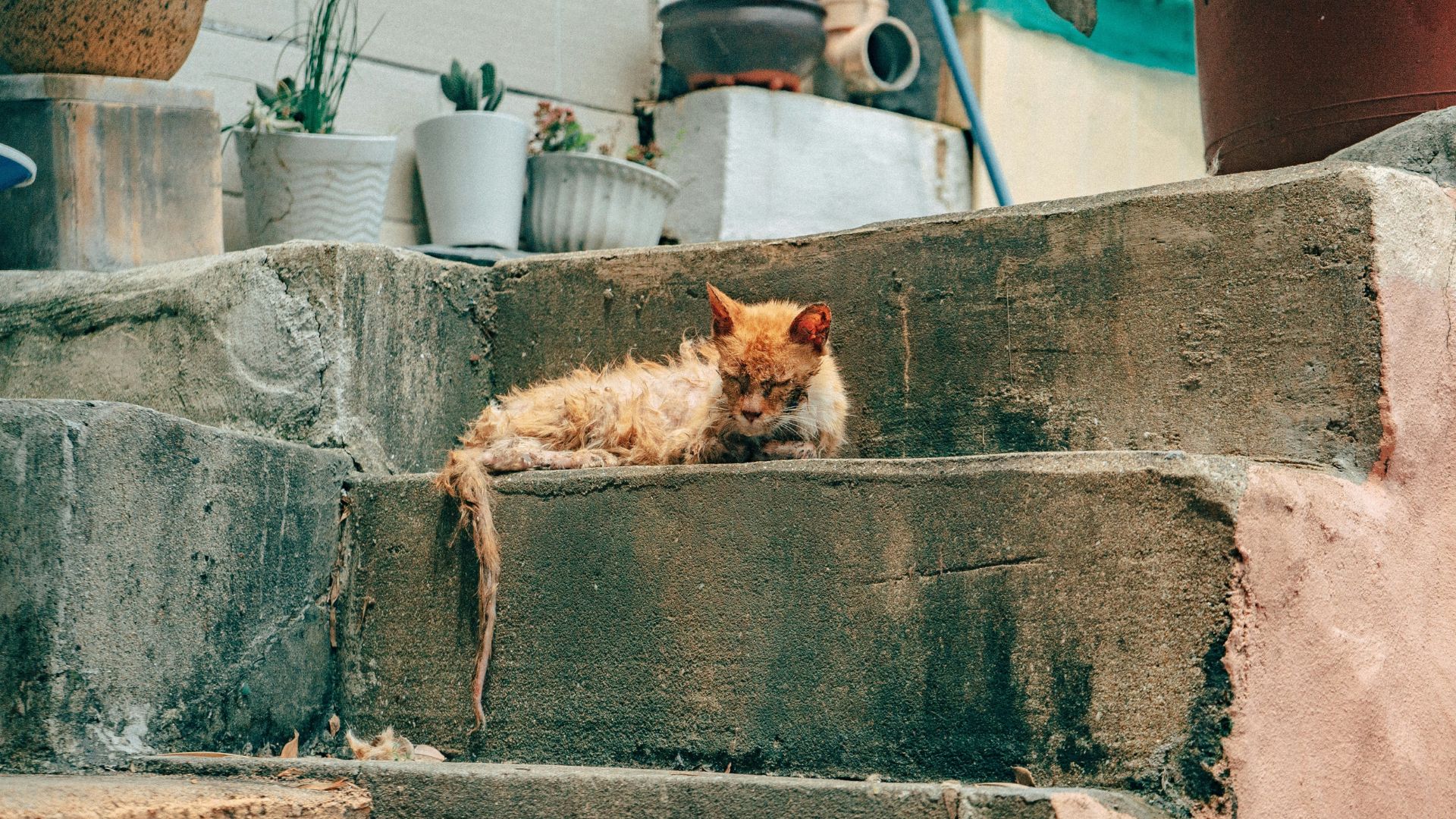
Colorado has only experienced one case of the human bubonic plague between 2005 and 2021, a pretty good run without seeing the illness.
Unfortunately, animals become infected more often due to flea bites and contact with wild rodents. In 2021, there were 10 confirmed cases of the illness in pets and animals.
Protect Your Pets

Health officials note that your pets should always be protected from fleas and wild animals while in your care. In the past, a confirmed case of the plague was initiated by a domestic cat allowed outside when it came into contact with an infected rodent.
“We advise all individuals to protect themselves and their pets from plague” by keeping their pets inside, avoiding contact with dead animals, and eliminating places that rodents can hide on your property, such as an old shed, garage, or recreation area. Remove brush, rock piles, trash, and lumber from the area.
Prevent Contact with Certain Bugs

To protect yourself from the plague, avoid contact with bugs like fleas and ticks. When spending time outside, especially in wooded areas or around tall grass, it’s recommended that you use 20 to 30 percent DEET to prevent bug bites.
Also, when hiking outdoors, be sure to wear long sleeves and pants; ticks and fleas can easily jump onto your legs or arms from nearby trees. Officials also recommend not letting an outside pet sleep in the bed with you, as they may be carrying an unwanted visitor in their fur.
Human Plague Cases in the U.S.

Thankfully, there are very few human-transmitted cases of the illness. For the most part, the illness is carried into homes by cats and dogs or by close contact with fleas.
On average, there are roughly seven cases of the human plague each year. Most of the cases occur in New Mexico and Arizona, according to the CDC.
Recent Deaths
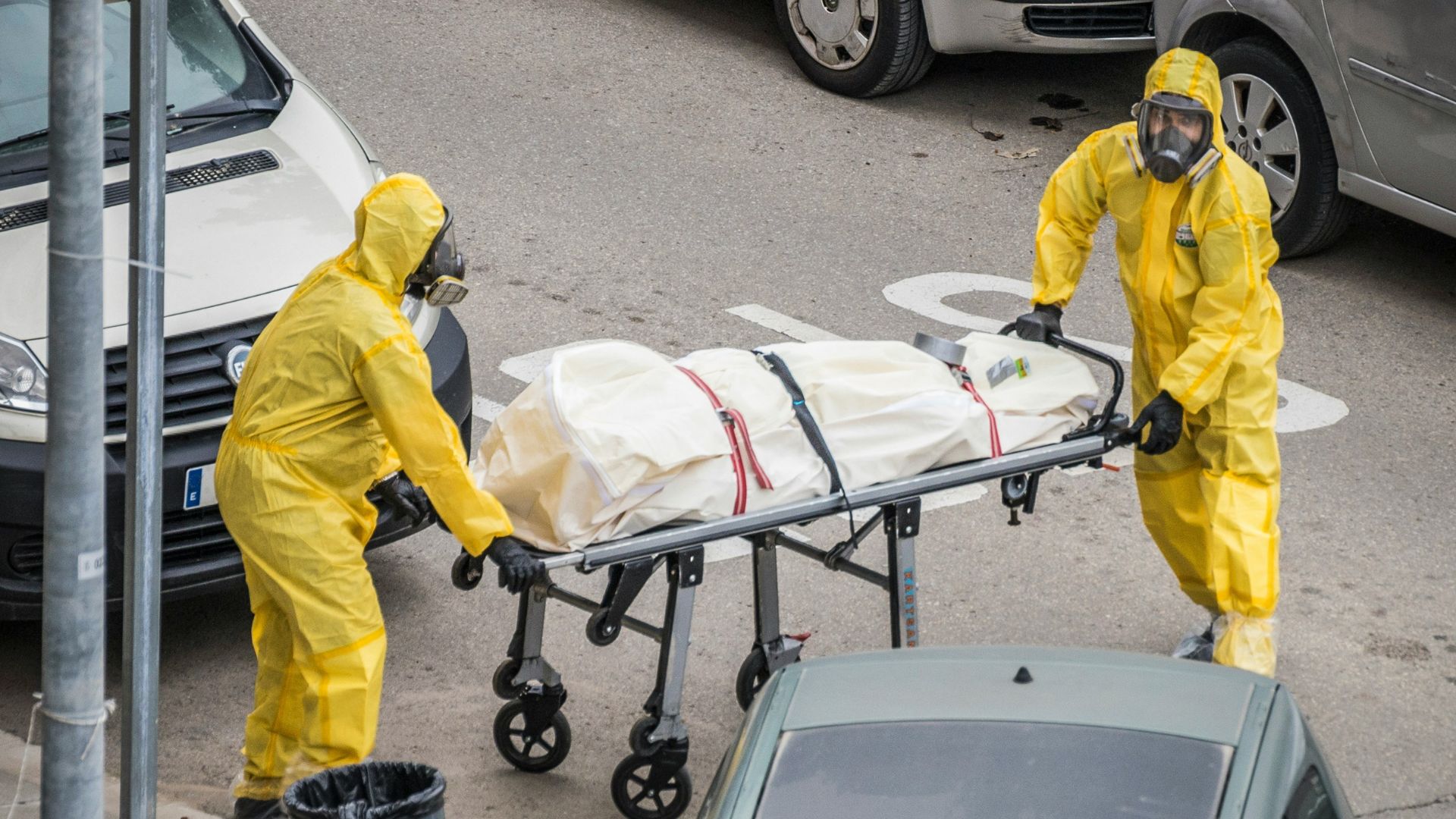
Earlier this year, officials in the state of New Mexico said that a man died after contracting the bubonic plague.
The case in New Mexico, which occurred in February of this year, was the first recorded death in eight years from the nasty illness. Officials believe that he picked up the illness from a very sick cat that he attempted to care for.
How Does it Spread?

In human cases of the plague, the culprit is almost always a bite from a flea. However, the illness can also spread among people through coughing and sneezing.
Although cases of the illness are rare, when hospitals discover the bacteria is present, the symptomatic patient goes into a strict quarantine to avoid spreading the disease any further. Anyone in contact with an infected person must begin treatment within seven days of the exposure to ensure they do not become symptomatic.
Can the Plague Be Stopped?

Although the illness can never be eradicated from society completely, some simple measures can be taken to prevent its spread.
Along with avoiding bites from fleas and ticks, humans can avoid touching sick animals and keep their indoor pets away from rodents.
Rats Aren’t So Guilty

As it turns out, rats weren’t the first animals to cause the widespread black plague in Europe during the Middle Ages.
The unclean and unsanitary conditions that most people lived in, including royalty and members of the court, meant that feces was everywhere, no one bathed more than a few times in a lifetime, and fleas were absolutely everywhere. Although it was thought that rats were bringers of the illness, it was actually the fleas that they often carried on them through homes.








































